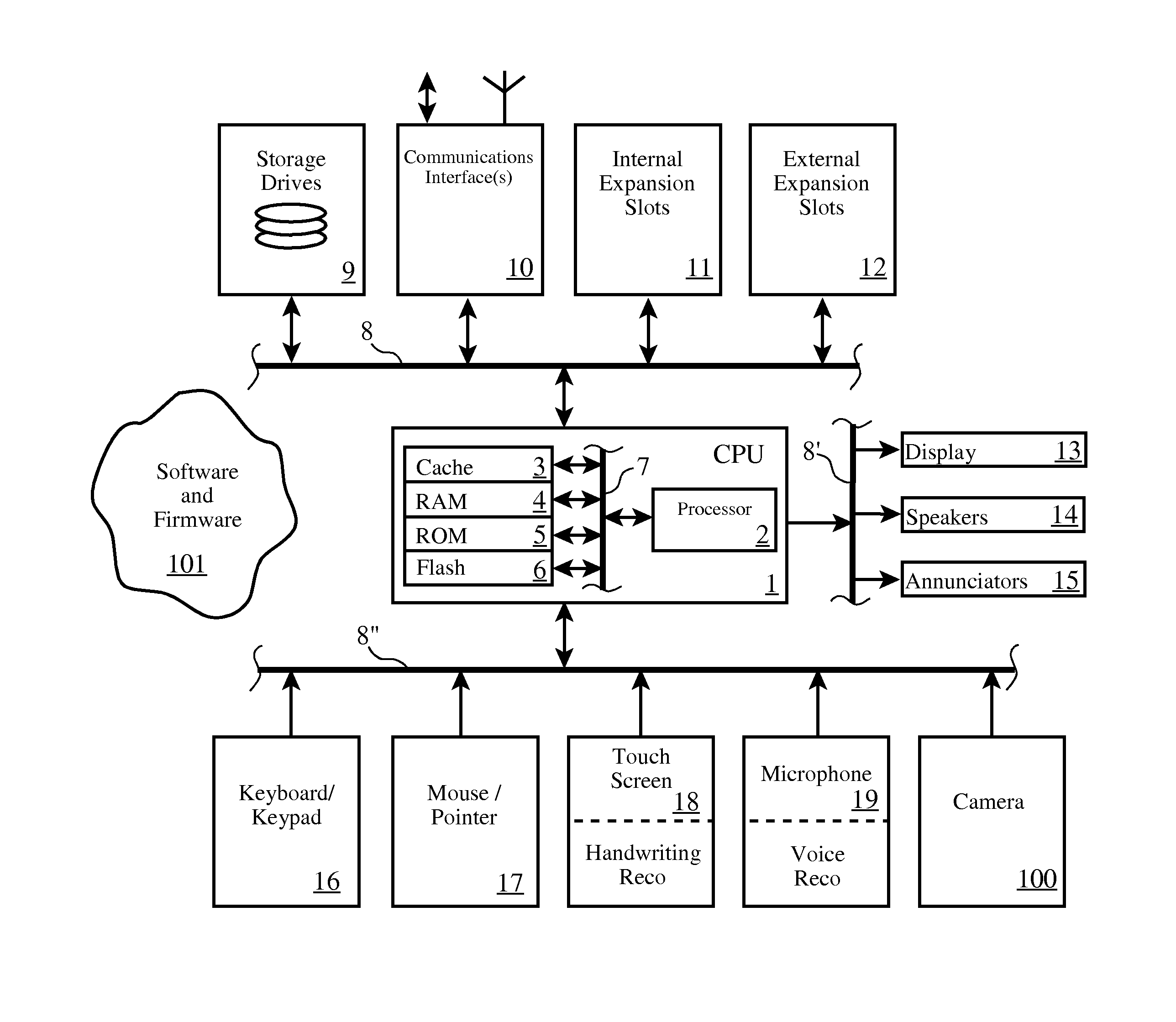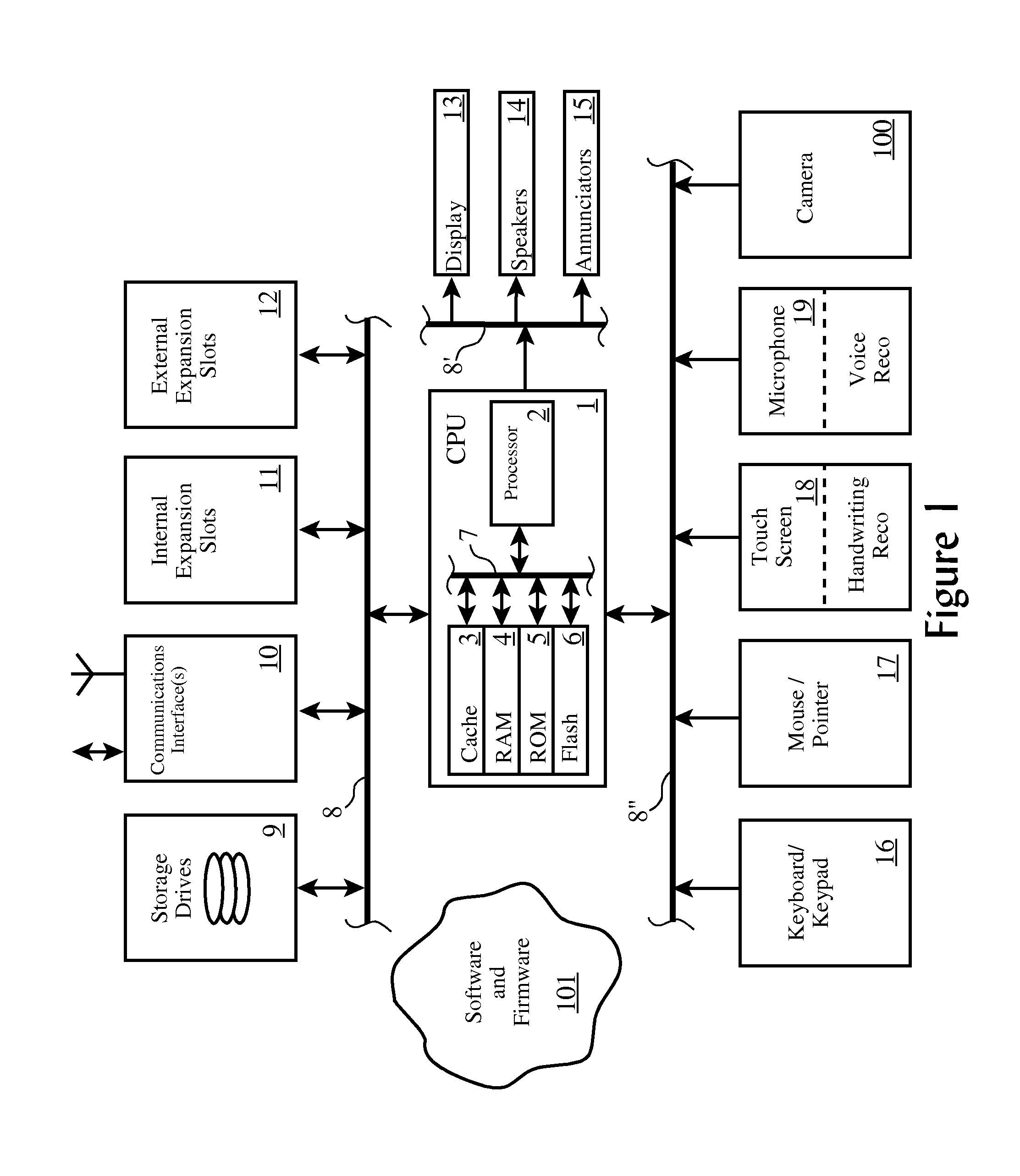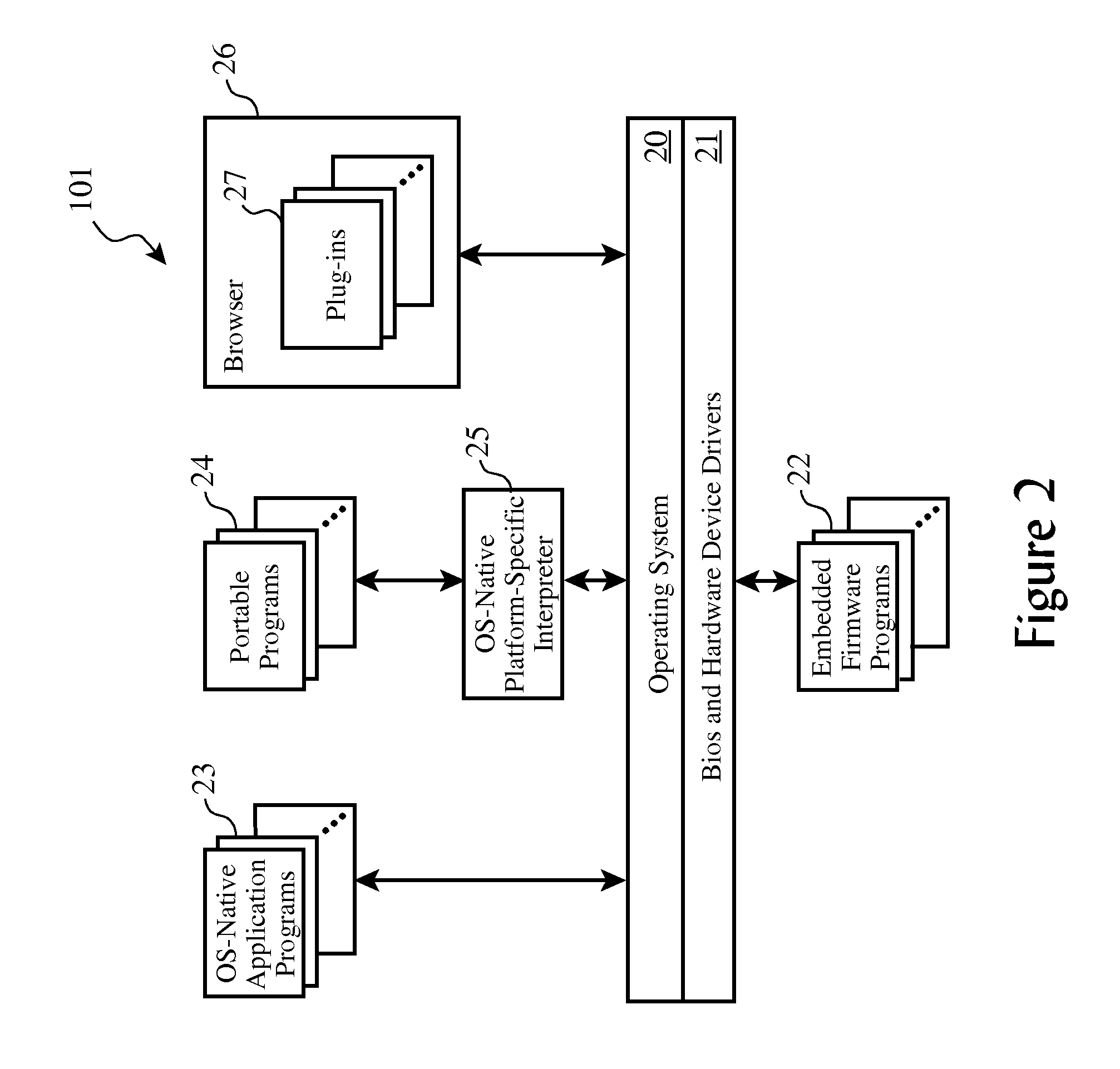Creation of Highly Available Pseudo-Clone Standby Servers for Rapid Failover Provisioning
a technology of standby servers and pseudo-clones, applied in the direction of fault response, error detection/correction, instruments, etc., can solve the problems of ineffective management of ever-changing resources available, increased time and human resource demand, and high cost of information technology (“it”) costs, so as to reduce the set of final provisioning actions
- Summary
- Abstract
- Description
- Claims
- Application Information
AI Technical Summary
Benefits of technology
Problems solved by technology
Method used
Image
Examples
Embodiment Construction
[0043]One available embodiment of the present invention is to realize the invention as an extension to or addition to the software and hardware components of an existing provisioning management system, such as the systems previously disclosed. The present disclosure utilizes the previously described IBM TPM system for illustration purposes, but it will be readily recognized by those skilled in the art that the present invention may be applied to a wide variety of computing environments.
Determination of Highest Common Denominator Configuration
[0044]A first aspect of the method of the present invention determines the greatest amount of common componentry across several configurations of productions servers. For example, three server types in an enterprise, Server 1, Server 2, and Server N, such as the examples shown in FIGS. 4 (41, 42, and 43). In this example, all three servers including a computing platform and operating system, and for the sake of this example, we will assume they ...
PUM
 Login to View More
Login to View More Abstract
Description
Claims
Application Information
 Login to View More
Login to View More - R&D
- Intellectual Property
- Life Sciences
- Materials
- Tech Scout
- Unparalleled Data Quality
- Higher Quality Content
- 60% Fewer Hallucinations
Browse by: Latest US Patents, China's latest patents, Technical Efficacy Thesaurus, Application Domain, Technology Topic, Popular Technical Reports.
© 2025 PatSnap. All rights reserved.Legal|Privacy policy|Modern Slavery Act Transparency Statement|Sitemap|About US| Contact US: help@patsnap.com



